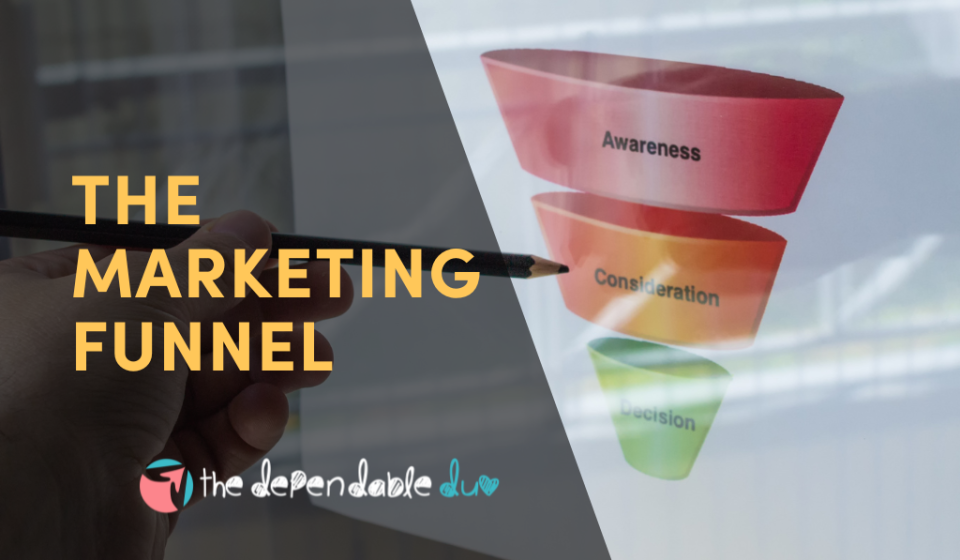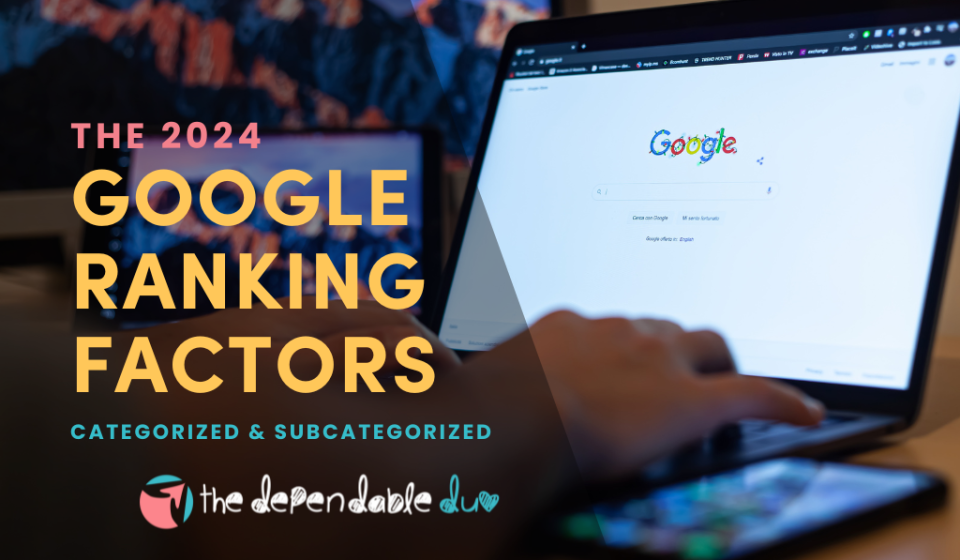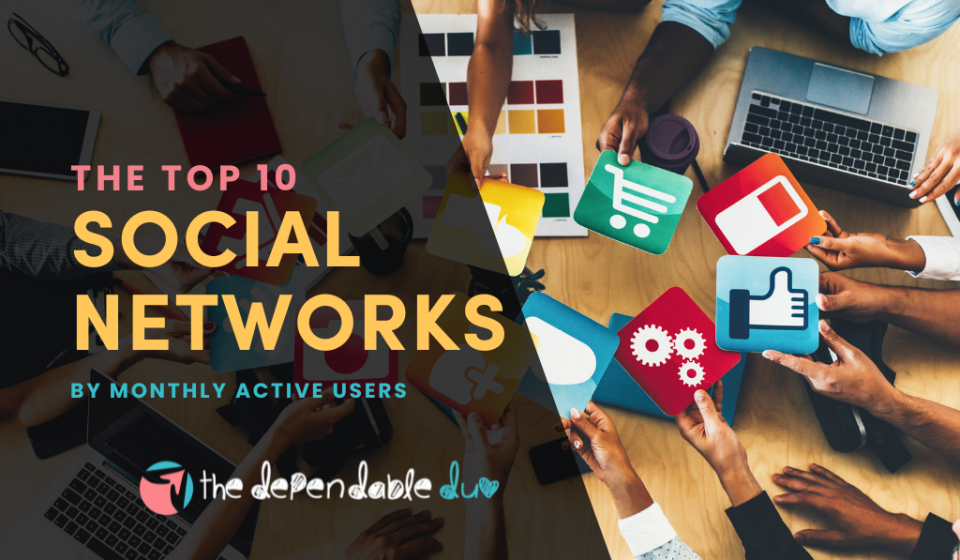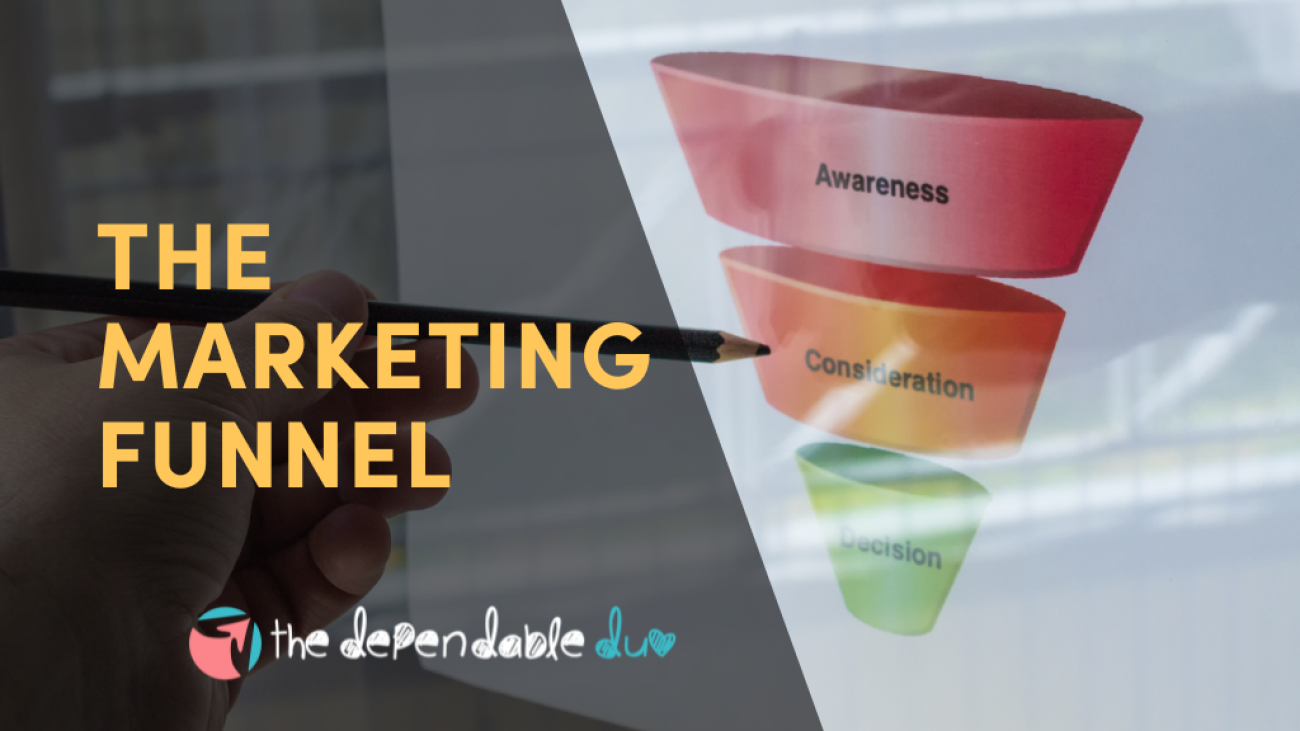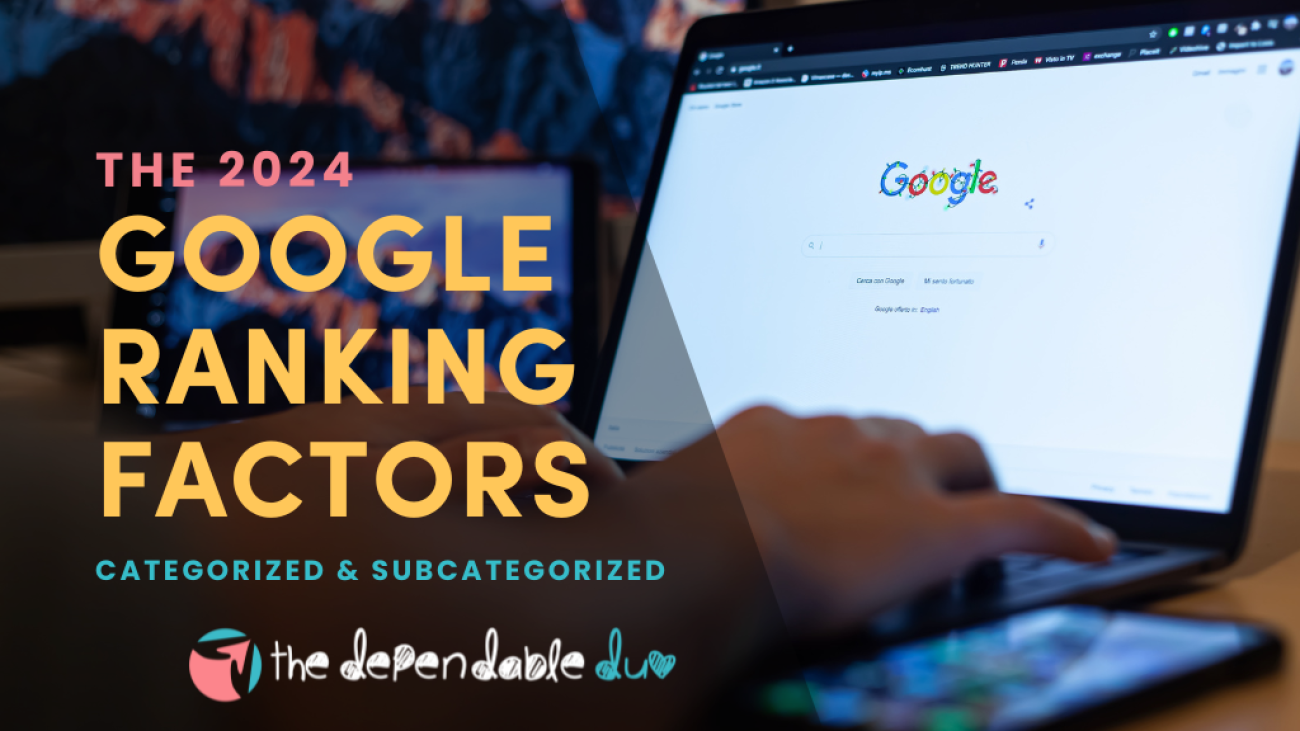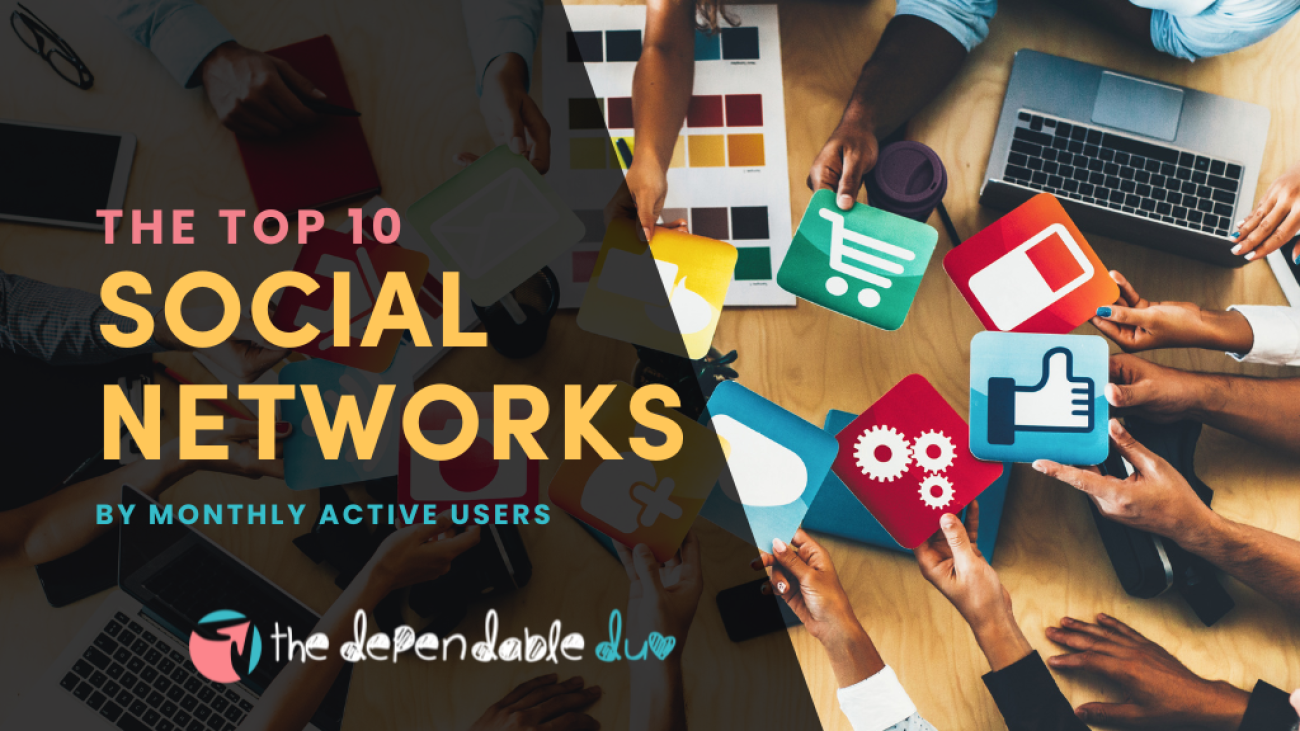Google’s ranking factors are the various criteria that Google uses to evaluate and position web pages in search engine results pages (SERPs). These factors are integral components of the algorithms that determine the relevance and authority of a page in response to a user’s search query.
The Google ranking factors encompass a wide array of elements, including content quality, keyword usage, site structure, backlinks, user experience metrics, and technical aspects of a website. Understanding and optimizing for these ranking factors is essential for improving a website’s visibility, attracting organic traffic, and staying competitive in the ever-evolving digital landscape of SEO.
If you prioritize these ranking factors, you’ll be well-equipped to navigate the ever-changing world of SEO and ensure your website remains competitive in the search landscape.
1. Content
1. Content Quality
High-quality content remains the cornerstone of SEO. Google rewards content that is well-researched, informative, and provides value to the user.
2. Content Relevance
Your content should be closely related to the keywords and topics that users are searching for. Relevance increases the likelihood of ranking higher in search results.
3. Keyword Usage
Strategically incorporate keywords into your content to signal to Google what your page is about. Avoid keyword stuffing, which can harm your rankings.
4. Keyword Optimization
Optimize keywords in crucial areas like the title, headings, and meta descriptions to improve visibility in search results.
5. Semantic Keywords
Use related terms and phrases to provide context, helping Google understand the depth of your content.
6. Content Length
Long-form content often ranks better because it provides comprehensive coverage of a topic.
7. Content Freshness
Regularly update your content to keep it fresh and relevant, which can positively impact rankings.
8. Duplicate Content
Avoid duplicating content within your site or from other sites, as this can lead to penalties.
9. Outbound Links
Linking to authoritative sources can enhance the credibility of your content.
10. Internal Linking
Use internal links to guide users through your site and distribute page authority.
11. Content Readability
Ensure your content is easy to read and understand, using clear language and proper formatting.
12. E-E-A-T (Experience, Expertise, Authoritativeness, Trustworthiness)
Demonstrate expertise and build trust through accurate and authoritative content.
13. Content Accuracy
Fact-check your information to maintain credibility and avoid misinformation.
14. Content Structure
Organize content with headings, subheadings, bullet points, and paragraphs for better readability.
15. Content Uniqueness
Provide unique insights and information that set your content apart from competitors.
16. Multimedia Elements
Incorporate images, videos, and infographics to enhance user engagement and comprehension.
2. On-Page SEO
1. Title Tag
Craft compelling and keyword-rich title tags to improve click-through rates.
2. H1 Tag
Use H1 tags for your main headings to signal the primary topic of your page.
3. Alt Text
Optimize alt text for images to improve accessibility and provide context to search engines.
4. URL Structure
Create clean, descriptive URLs that include keywords and are easy to read.
5. Breadcrumb Navigation
Implement breadcrumbs to enhance site navigation and user experience.
6. Schema Markup
Use structured data to help search engines understand your content and improve rich snippet appearance.
7. Mobile Friendliness
Ensure your site is responsive and functions well on mobile devices.
8. Page Speed
Optimize loading times to enhance user experience and satisfy Google’s speed requirements.
9. HTTPS/SSL Security
Secure your site with HTTPS to protect user data and build trust.
10. Canonical Tags
Use canonical tags to indicate the preferred version of a page to avoid duplicate content issues.
11. Image Optimization
Compress images and use appropriate formats to improve loading times.
12. Content-to-Code Ratio
Maintain a high content-to-code ratio to ensure that your content is easily accessible to search engines.
13. User Experience (UX)
Focus on design elements that enhance usability and satisfaction.
14. Core Web Vitals
Optimize for metrics like Largest Contentful Paint (LCP), First Input Delay (FID), and Cumulative Layout Shift (CLS).
3. Technical SEO
1. XML Sitemap
Create and submit an XML sitemap to help search engines crawl your site more efficiently.
2. Robots.txt
Use the robots.txt file to control which pages search engines can crawl.
3. Site Architecture
Design a logical site structure to improve navigation and crawling efficiency.
4. 301 Redirects
Implement 301 redirects for moved or deleted pages to preserve link equity.
5. 404 Errors
Fix broken links and pages to enhance user experience and crawling.
6. JavaScript Rendering
Ensure that your site’s JavaScript is crawlable and doesn’t hinder indexing.
7. Crawl Budget
Optimize your site so that search engines can crawl and index your most important pages.
8. Canonicalization
Prevent duplicate content issues by specifying canonical URLs.
9. Server Response Time
Improve server performance to reduce loading times.
10. Indexing
Monitor which pages are indexed and address any issues that prevent important pages from being indexed.
11. Pagination
Use proper pagination techniques to help search engines understand the relationship between paginated pages.
4. User Experience
1. Click-Through Rate (CTR)
Improve meta titles and descriptions to increase the likelihood of clicks from search results.
2. Bounce Rate
Enhance content and UX to reduce the number of users who leave after viewing only one page.
3. Dwell Time
Create engaging content to keep users on your site longer.
4. Pogo-Sticking
Minimize instances where users quickly return to search results after clicking on your site.
5. User Engagement
Encourage interactions through comments, shares, and likes to signal value to search engines.
6. Mobile Usability
Optimize for mobile users to improve satisfaction and rankings.
7. Accessibility
Make your site accessible to all users, including those with disabilities.
5. Local SEO
1. Google My Business
Claim and optimize your Google My Business listing for local visibility.
2. NAP Consistency
Ensure your Name, Address, and Phone number are consistent across all platforms.
3. Local Reviews
Encourage satisfied customers to leave reviews to boost credibility.
4. Local Backlinks
Acquire backlinks from local businesses and organizations.
5. Local Directories
List your business in reputable local directories to improve local search rankings.
Closing Thoughts
Staying updated on Google’s ranking factors is essential for maintaining and improving your site’s visibility in search results. By focusing on these 60+ Google ranking factors across content, on-page SEO, off-page SEO, technical SEO, user experience, and local SEO, you can develop a comprehensive SEO strategy that enhances your website’s performance in 2024 and beyond.


